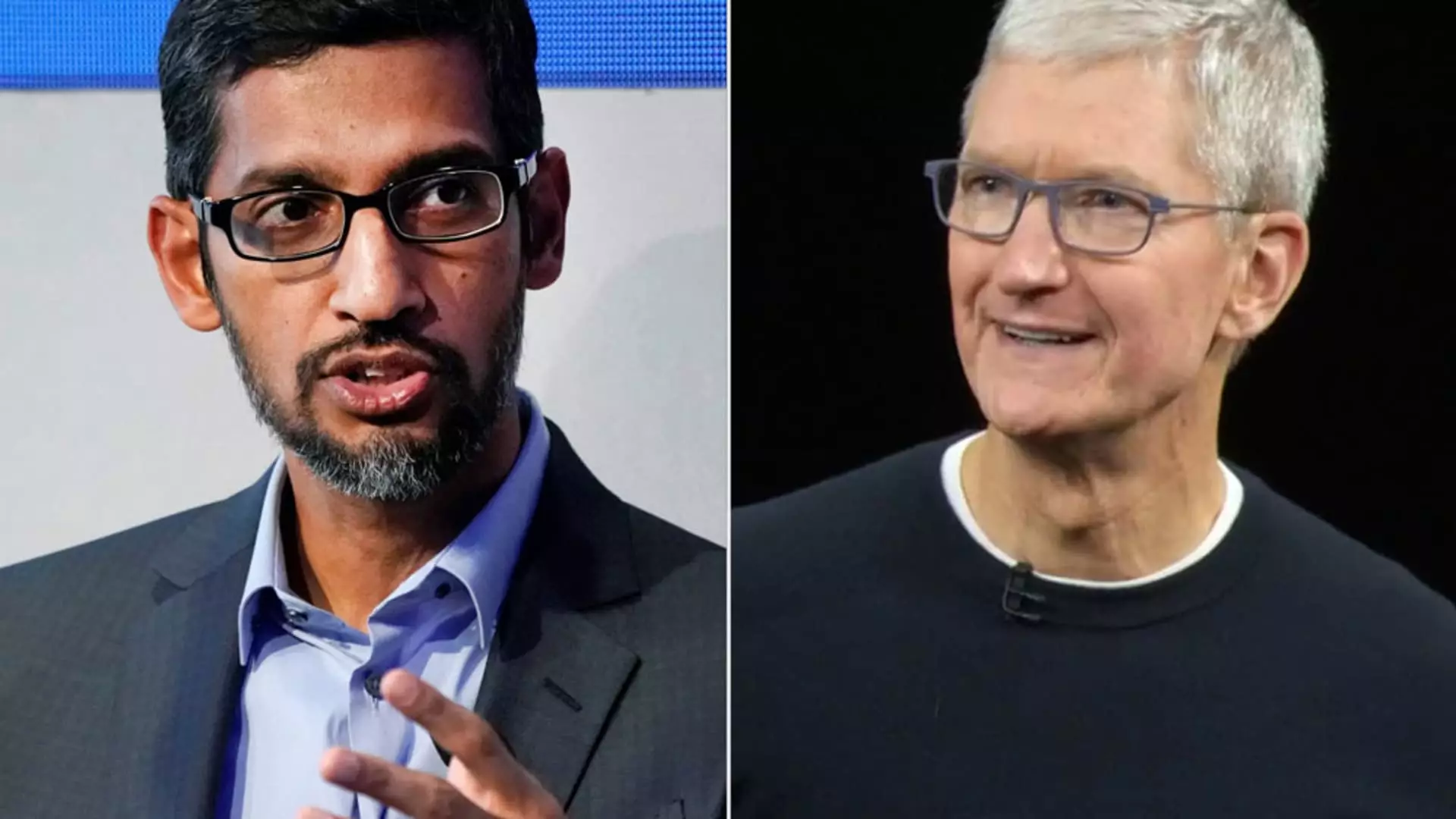Apple recently announced that it has chosen to use Google’s Tensor Processing Unit (TPU) for training the artificial intelligence models that power Apple Intelligence, its AI system. This decision marks a shift away from the prevalent use of Nvidia GPUs for cutting-edge AI training in the tech industry. The details of this choice were revealed in a technical paper released by Apple, shedding light on the company’s approach to AI infrastructure.
By opting for Google’s TPU for training its AI models, Apple is signaling a departure from the widespread use of Nvidia’s GPUs in the industry. Nvidia’s GPUs have traditionally been the go-to choice for high-end AI training chips, dominating the market for years. However, the high demand for Nvidia GPUs has made them challenging to acquire in the necessary quantities. This scarcity has prompted tech companies like Apple to explore alternative options like Google’s TPUs for AI training.
Tech giants such as OpenAI, Microsoft, and Anthropic have been relying on Nvidia GPUs for their AI models, while companies like Google, Meta, Oracle, and Tesla have also been investing in Nvidia’s technology to strengthen their AI systems. The CEOs of Meta and Alphabet have acknowledged the risks of falling behind in AI technology, stressing the importance of staying at the forefront of innovation in the industry.
In its technical paper, Apple did not explicitly mention Google or Nvidia but revealed that its Apple Foundation Model (AFM) and AFM server were trained on “Cloud TPU clusters.” This approach involved renting servers from a cloud provider to perform the necessary calculations efficiently and at scale. Apple’s introduction of Apple Intelligence includes a refreshed Siri interface, improved natural language processing, and AI-generated summaries in text fields, with plans to incorporate generative AI features like image and emoji generation in the future.
Google’s TPUs have emerged as one of the mature custom chips designed specifically for artificial intelligence. The latest TPUs offered by Google cost under $2 per hour when booked for three years in advance, making them a cost-effective option for AI training. Google introduced its TPUs in 2015 for internal workloads before making them available to the public in 2017. Despite this, Google remains one of Nvidia’s top customers, using a combination of Nvidia GPUs and its own TPUs for training AI models.
Apple’s AI system development includes training AI models using TPUs, with a focus on on-device processing for inferencing. The company plans to leverage its own chips in data centers for inferencing tasks, offering a hybrid approach to AI system deployment. Through its technical papers and announcements, Apple is providing insights into its AI infrastructure and the evolution of its AI capabilities.
Apple’s decision to utilize Google’s TPU for training AI models represents a strategic move to diversify its AI infrastructure and reduce dependence on Nvidia’s GPUs. By incorporating advanced AI features into Apple Intelligence and exploring generative AI applications, Apple is positioning itself at the forefront of AI innovation in the tech industry.


Leave a Reply